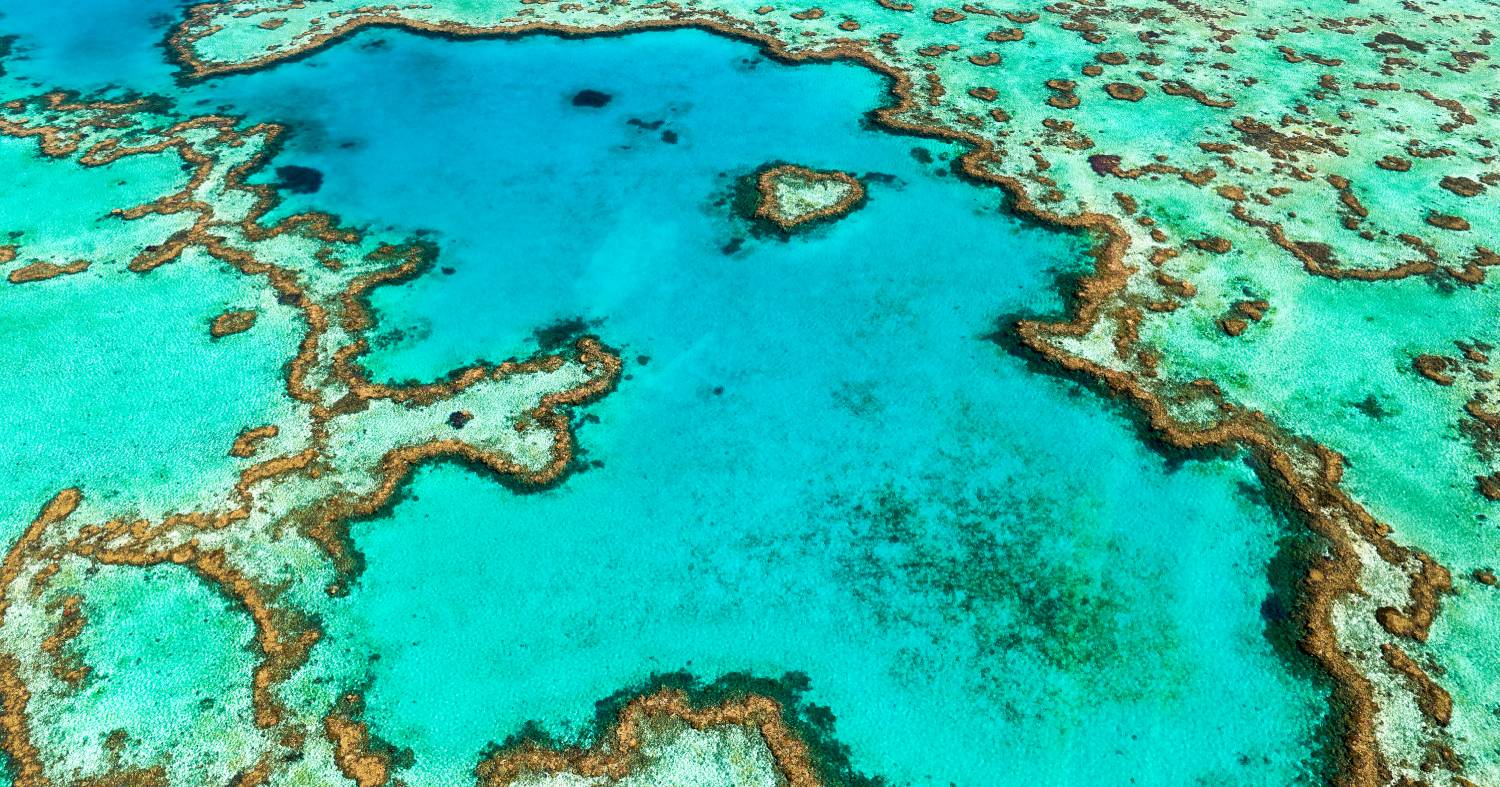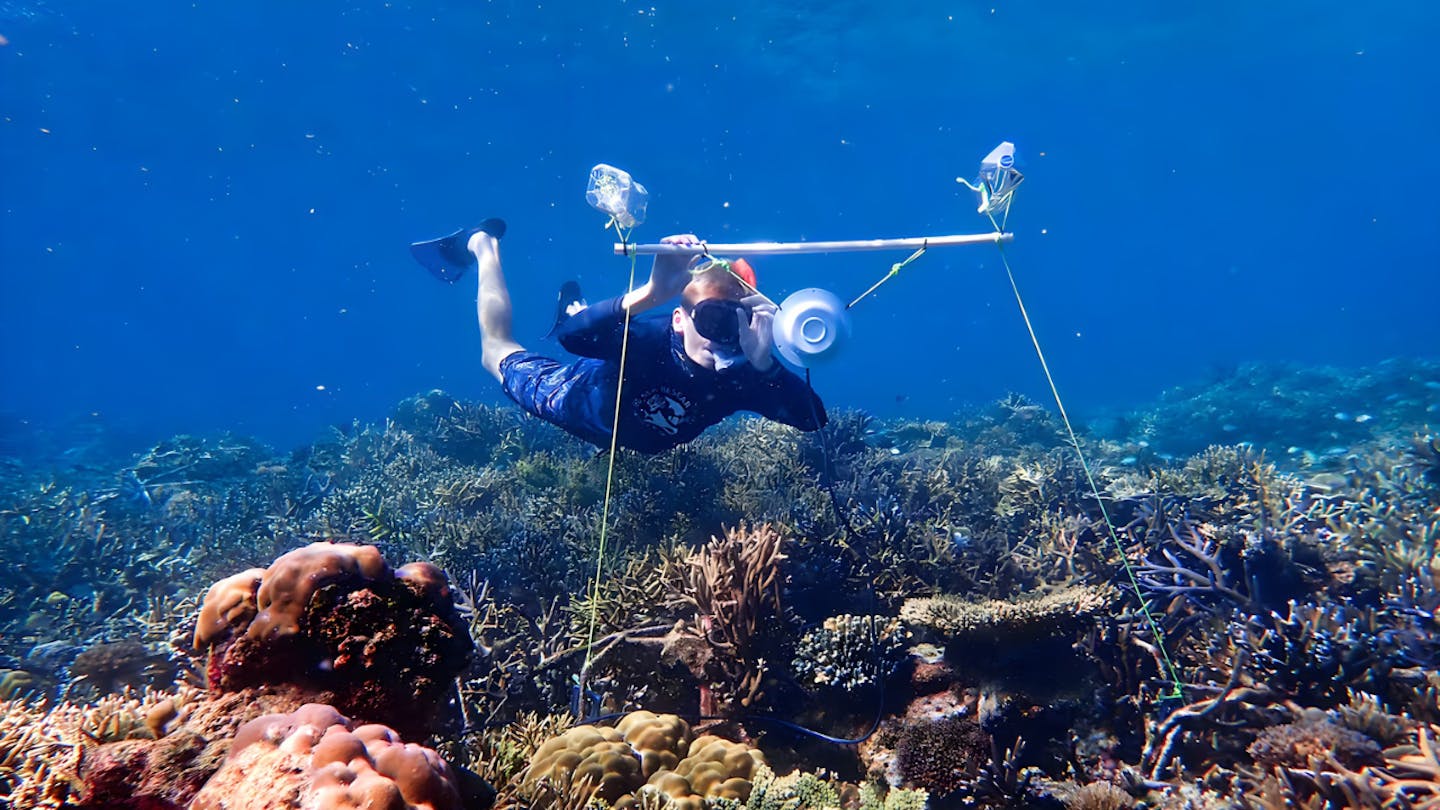How the power of sound can help restore marine ecosystems
A groundbreaking discovery suggests that sound could be a powerful tool in the quest to rebuild and safeguard our ocean ecosystems.
In the face of deteriorating ocean ecosystems, scientists are exploring innovative approaches to aid in restoring marine habitats. One promising technique gaining traction is using sound to attract marine animals to degraded areas, effectively jumpstarting the recovery process.
Recent research has shown that playing recordings of healthy ocean environments can entice marine life to settle in habitats that natural disasters or human activities have ravaged.
This groundbreaking discovery suggests that sound could be a powerful tool in the quest to rebuild and safeguard our ocean ecosystems.
The plight of damaged reefs and the search for solutions
Imagine returning to a once-vibrant coral reef only to find a desolate graveyard of overturned corals and rubble. This was the grim reality following severe cyclones and a devastating bleaching event that wreaked havoc on Lizard Island, part of the Australian Great Barrier Reef.
An international team of scientists from the UK’s University of Exeter and the University of Bristol, Australia’s James Cook University, and the Australian Institute of Marine Science, embarked on a mission to restore the reef community and breathe life back into the decimated ecosystem.

A harmonious approach: using sound to rebuild
The team's novel project involved constructing miniature reefs using coral rubble and strategically placing speakers nearby to emit recordings captured during the reefs' healthier days.
The results were remarkable – the reefs near the speakers witnessed twice as many young fish settling compared to their silent counterparts.
The researchers realized that the familiar sounds of a habitat thriving with biodiversity acted as a beacon, attracting young creatures in search of a permanent home. This breakthrough study demonstrated that the strategic use of sound therapy could facilitate the rebuilding of coral reef communities and help revive damaged marine ecosystems.
Using the language of the ocean as a beacon
Why does sound play such a crucial role in the survival and thriving of marine life? The answer lies in the intricate tapestry of a healthy ocean soundscape.
In underwater ecosystems, a symphony of sounds is ever-present – fish emit whistles and grunts, sea urchins scrape food from the seabed, dolphins emit distinctive squeals, and spiny lobsters create melodious vibrations with their antennae.
This acoustic symphony acts as a beacon, drawing in young organisms seeking a suitable habitat, much like the bustling noise of a vibrant city attracting newcomers.

Unlocking the potential of sound for habitat restoration
The success achieved by the team of researchers is just one example among a growing body of research highlighting the efficacy of sound therapy in ecological restoration.
Excitingly, the applications of sound-based restoration techniques extend beyond the confines of laboratory experiments. Scientists are now venturing into real-world field experiments of ocean acoustics and ecological restoration and the potential of sound therapy as a conservation tool.
The ability to harness the power of sound to attract marine life to degraded habitats opens up new possibilities for the rapid regeneration of damaged ecosystems. By leveraging sound as a guiding force, conservationists can accelerate the natural healing processes of our oceans and bolster the resilience of marine environments worldwide.
Through ongoing research and innovative applications, we can help restore the delicate balance of the ocean's symphony of life and, in turn, rebalance our global climate system.
Explore ocean conservation projects


